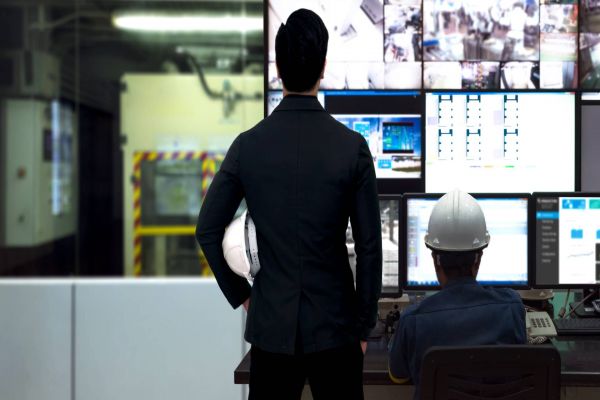While conventional offshore platforms are anchored to the sea, limited to low-water depths and particular sea-bed conditions, floating turbines have unlimited growth potential. However, one drawback is when the platforms aren’t stable, they sway. Rotor blades are not able to capture wind in a consistent way. This is inefficiency.
Reducing vibrations is rocket science
A solution to this problem could come in the form of a NASA development – its Fluid Structure Coupling (FSC). The technology was actually the result of an unmanned Ares I-X prototype test flight in October 2009 – part of a project to develop a new series of launchers. However, the rocket vibrated so vigorously that an accident could have easily occurred. Researchers could have increased mass but, on a rocket, every single gram counts.
Another solution was needed. This is how the idea for a so-called “disruptive tuned mass device” came about.
To get the vibrations under control, developers placed a small device inside the fuel tank, within which fuel for the second rocket stage is used. The device expands and contracts at certain frequencies, which causes the liquid fuel to vibrate with it, rather than with the rocket’s movements. This changes the overall resonance of the rocket.
The device was successful. In fact, it worked better than the developers expected, eliminating between 50 to 100 times as many vibrations as previously thought.
Standing out in practical tests
The Ares project was stopped in 2010, but the technology lives on. Some current applications for the technology are stabilizing buildings against earthquakes or securing skyscrapers in strong winds. The offshore industry saw a potential solution here. To test the possible applications of the device, the NASA 2018 team joined forces with the University of Maine. The American university has the facilities to perform an effective test including a wave tide pool and a wind turbine, on which the use of the FSC technology could be tested.
The results were convincing: While the waves forced the turbine to bob up and down when the device was switched off, it stayed at almost the same height while device was switched on – even as the waves continued to bounce off the turbine. Around 90 percent of the bobbing motion of the turbine was thus eliminated. For power generation, this means higher efficiency and lower costs. Successful use of this device in offshore wind turbines would enable the industry to supply offshore energy at a competitive price.
The project is now financially supported by the US government and further research and test runs are in progress. The unconventional idea of using space technology in the wind industry could change perceptions of offshore energy in the future.



